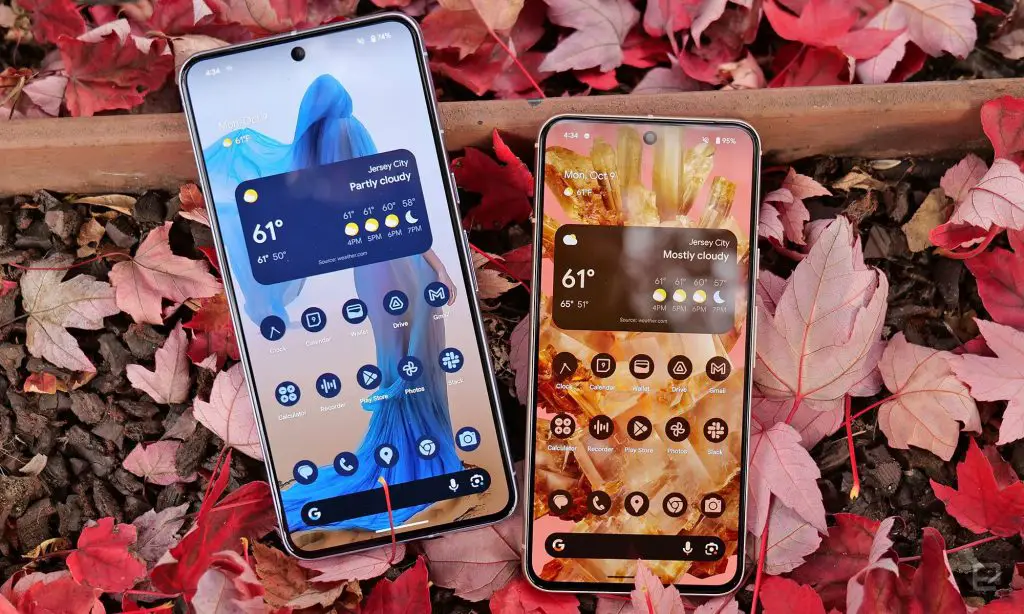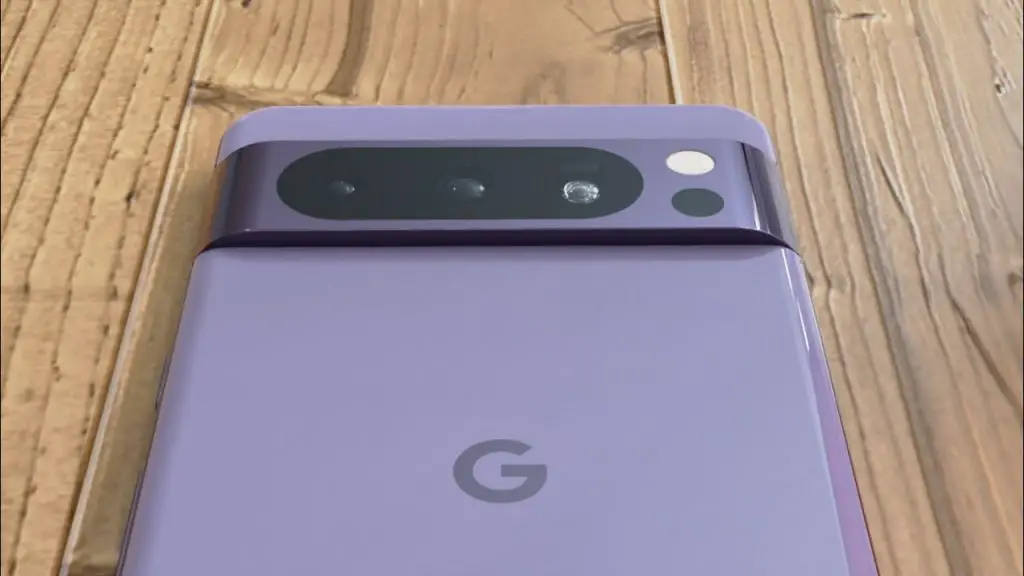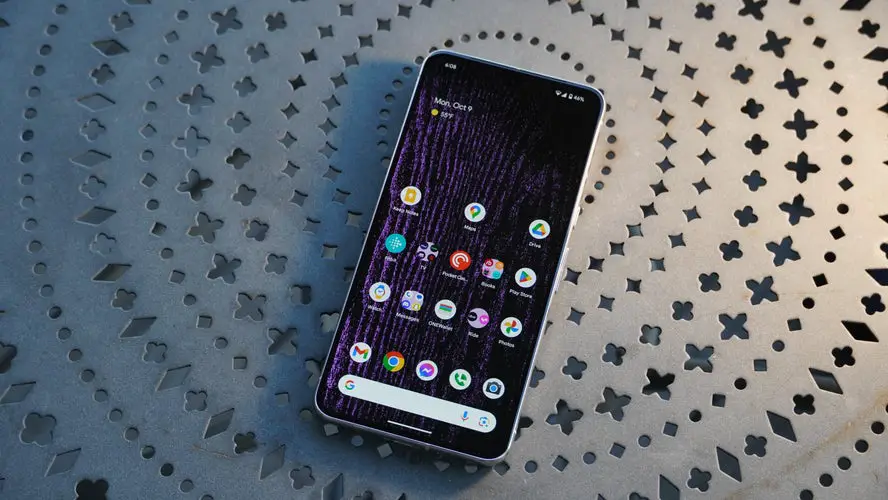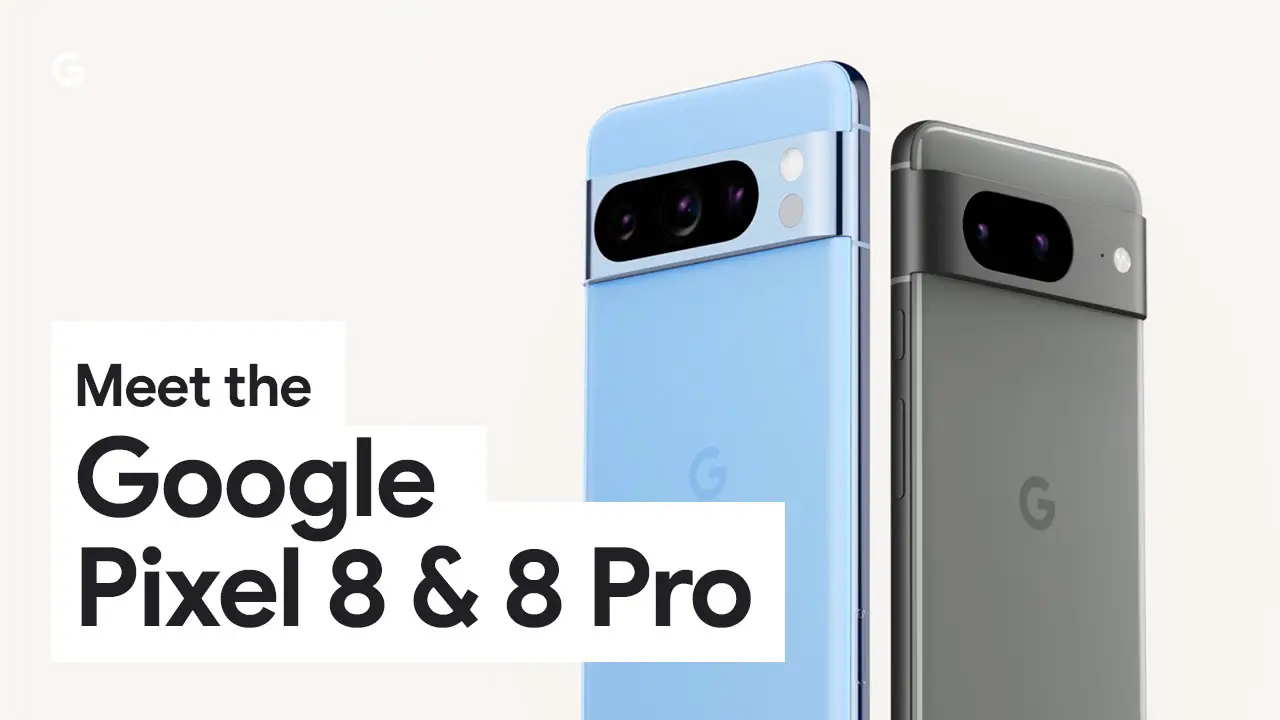The Pixel 8 and 8 Pro continue the Google Pixel series’ tradition of being at the cutting edge of Android innovation. We decided to go deep and give a comprehensive review of what these phones have to offer in light of the recent excitement around these gadgets.
Design & Build

The Pixel 8 Pro from Google stands out from its flagship competitors thanks to a significantly updated look. The hardware is easier to use, and its most distinctive feature is a wide camera bar that spans the back panel. The matte color scheme of the glass contrasts wonderfully with the polished aluminum frame. The phone is available in a variety of colors, including Porcelain (white), Obsidian (black), and Bay (light blue). In line with the current phone style, the design is modest.
The Pixel 8 Pro weighs 7.5 ounces and has dimensions of 6.4 by 3.0 by 0.3 inches. It is a little lighter and a little thinner than the Pixel 7 Pro. The switch from a curved to a flat screen, which many users may find easier to navigate, is one notable design shift. Additionally, the phone has top and bottom corners that are more rounded for comfort. It has an IP68 rating, which guarantees that it is both waterproof and dustproof. The most recent version of Corning Gorilla Glass, Victus 2, shields the back and offers resistance to scratches and damage.
Performance & Features

The Tensor G3 processor, which powers the Pixel 8 Pro, improves its machine-learning capabilities. This enables the phone to make special photo adjustments that are not possible on any other phone. Computational photography from Google is still really creative. This is an intriguing smartphone option because it runs the stock version of Android and has long-term support from Google.
However, it has a lot of competition. As an example, the Samsung Galaxy S23 Ultra continues to hold the Editors’ Choice title for premium Android phones because of its outstanding screen, cameras, productivity apps, and S Pen pen.
Camera Capabilities

The Pixel series has always been known for its camera. This tradition is maintained with significant improvements in the Pixel 8 Pro. Compared to the split components of the 7 Pro, the back camera bar has been revamped with all sensors bundled into one pill-shaped portion. Thanks to Google’s Tensor G3, the front-facing camera now allows secure face unlocking while the under-display fingerprint sensor is still present. This face unlock technology is strong enough to verify payments and is made to withstand easy spoofing efforts, like those made with photographs.
It’s interesting to note that Google has added a thermometer to the camera bar so users can check the temperature of close items. Google has ambitions for its possible usage in health applications, though its viability is still up in the air.
Display & User Experience

The Pixel 8 Pro’s display measures 6.7 inches. Google’s emphasis on machine learning brings about novel phone experiences. Several technologies, such as the call-screening assistant will soon redefine the smartphone experience. Others test the limits of what AI is capable of, particularly the new photo editing features.
However, some users may find the Android experience on the Pixel 8 Pro to be too overbearing. The setup screens, alerts, and extensive settings options can be intimidating. The Pixel 8 Pro, however, might outlive even Apple’s iPhones in terms of software support thanks to Google’s pledge of seven years of significant updates.
Conclusion
The Google Pixel 8 Pro is proof of Google’s desire to compete in the smartphone industry. It provides a unique experience because of its design, camera capabilities, and machine-learning focus. Although it competes with other flagships, the promise of ongoing support and updates makes it a tempting choice for Android lovers.

